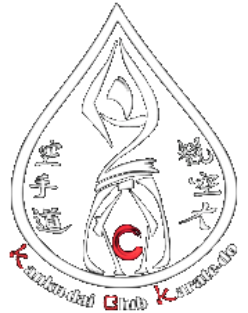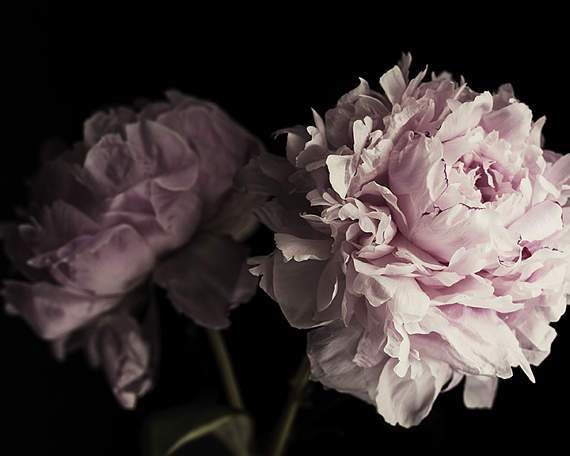With elderl—ahem!, maturity, you find out that one of the crucial points of karate-do is the beauty of imperfection. When you’re taught a technique, it is shown the same for anyone. But when you truly understand it, make it yours, it enhances with personal details and hues, which make it, formally, imperfect.
Yet its beauty is there, in the niceties which keep it one of a kind; like as an artisanal product, always different.
In the learning path of karate-do (well, of any martial art, I suppose), it usually happens something odd: beginners are taught to move different body parts in different ways. In particular arms and legs: each one on its own, even in a contrasting manner.
As an example, the basic fist technique: 直突き (choku-tsuki). While a fist “goes outward”, the other arm “comes in”, creating an antagonist movement that: 1/ reinforces the former and 2/ provides balancing to the technique.
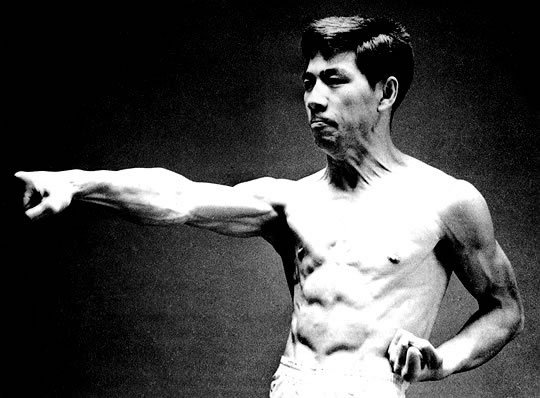
Unluckily, especially at the beginning, it happens that a person just focus on the outward fist, in order to strike hard, thus neglecting the antagonist part, the “shadowed” one – in my opinion, the most important.
Result: technique is unbalanced.
Watching children, this matter is apparent: when you ask them to focus on one only detail (for example: «Mind how you’re orienting your feet!»), they forget all the rest. It means that the movement is not complete, not embedded: all their “parts” are moving independently, and focusing on one only at a time lowers their awareness for the rest.
Result: they drop their form.
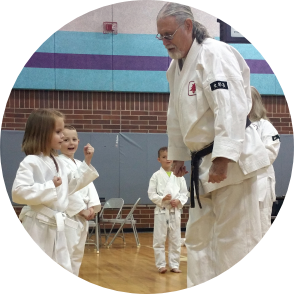
Is it then teacher’s fault, because he/she’s forcing an unnatural mechanism? Maybe. However, in the long period, this method pays back: coordinating independent movements develops a better “motoric memory”. It is only with years, and with your own personal growth, that you can appreciate technique unitarity.
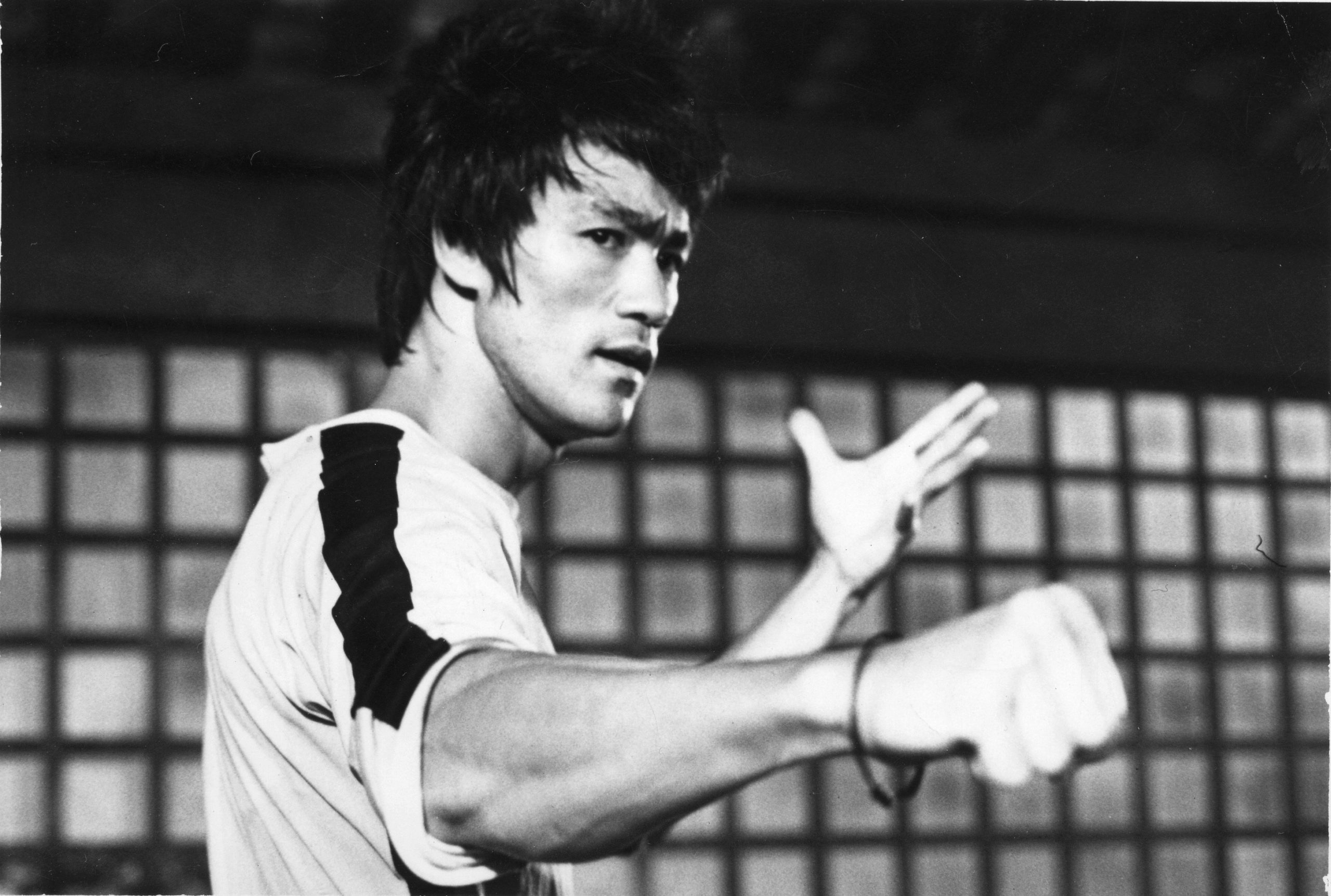
When everything runs as a gearwheel, every muscle in your body cooperates with a little but crucial role; when you realize that there’s no tiredness behind the efforts, then you can say you reached a complete movement.
This is the perfection of the imperfection; something that a referee will never acknowledge as positive, let me be clear, yet it will enlighten your own inside as a shining lamp – and, yes, you’re also allowed to feel cool for it!
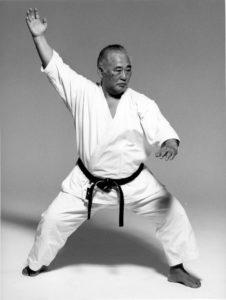
In this way, even if you don’t have a… Herculean body, you can as well offer a high quality karate-do (see Taiji Kase-sensei).
The moral of this story is that learning is an assisted process of re-discovery. In order to move with awareness, we first “destroyed” our instinctive movements; then we rebuilt them, “assembling” them independently. In the end, practice and experience blend them in perfect harmony, making them fluid and natural, close to our daily actions.
Have you ever tried to stir sugar in coffee using karate-do?
One of the favourite sentences of Funakoshi-sensei was: 構は 初心者に 後は 自然体 (kamae-wa shoshinsha-ni ato-wa shizentai, “formal stances are for beginners; later one stands in natural stance”).
Meaning that karate remains concealed. Inside us, not outside.
And the only imperfection, the bad one this time, is just due to hesitation.
